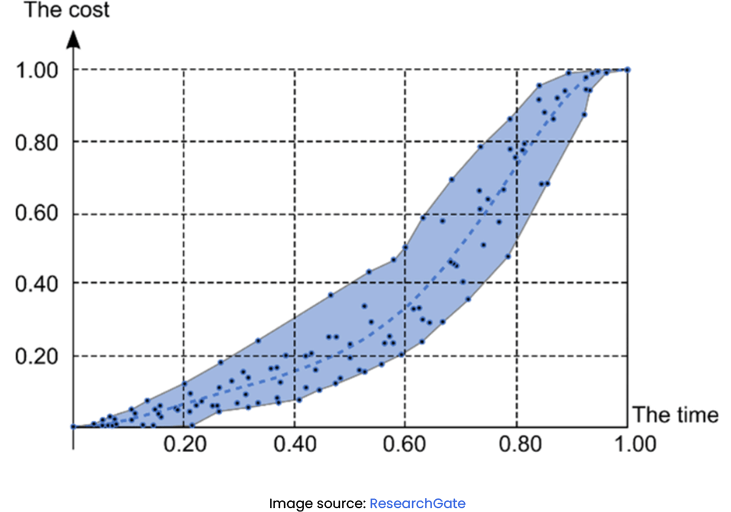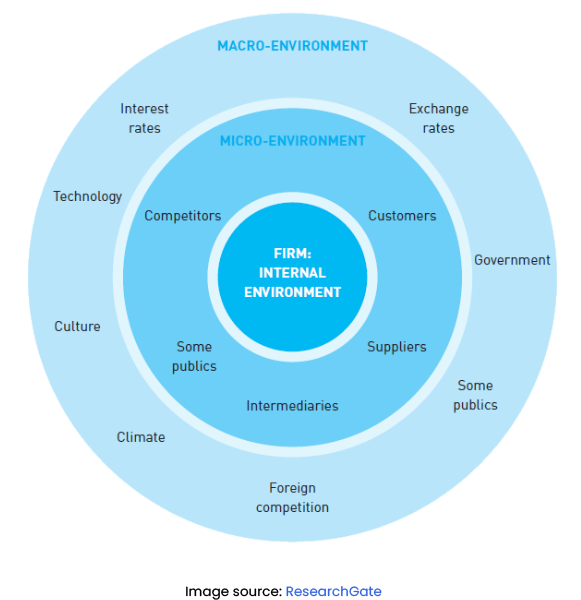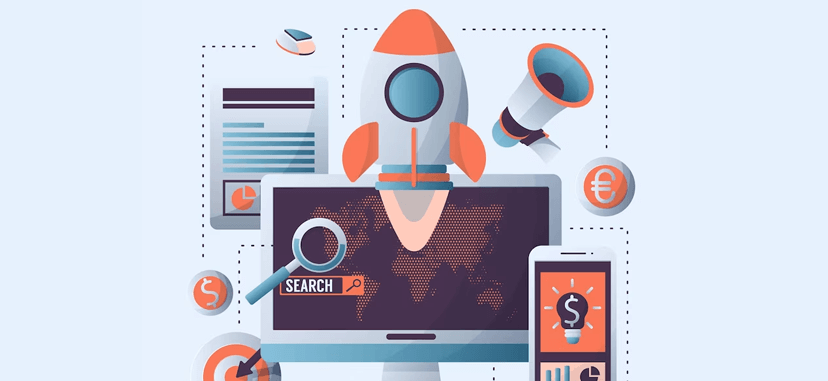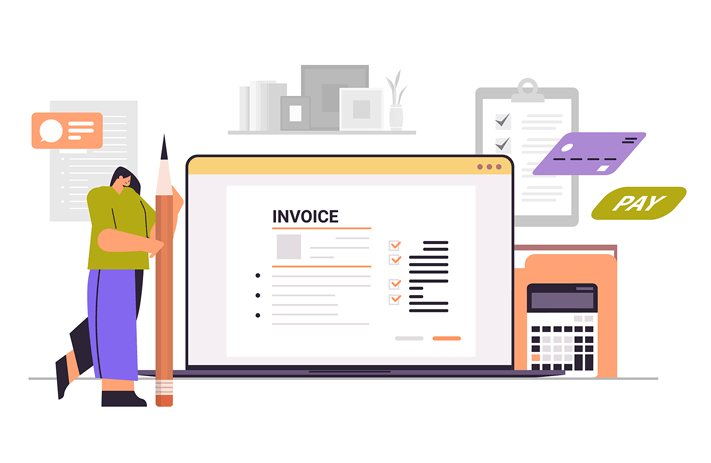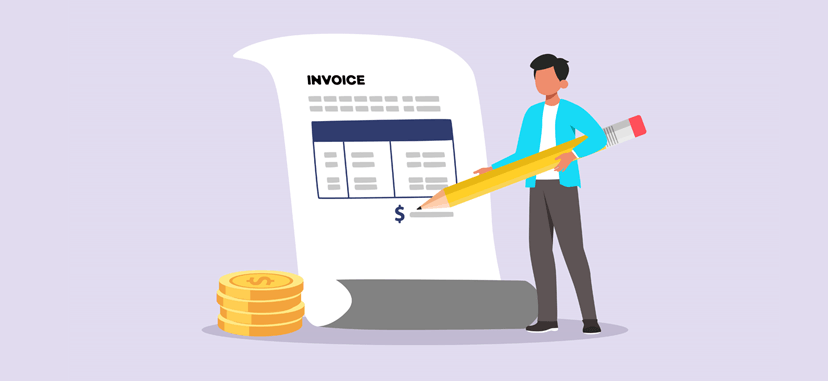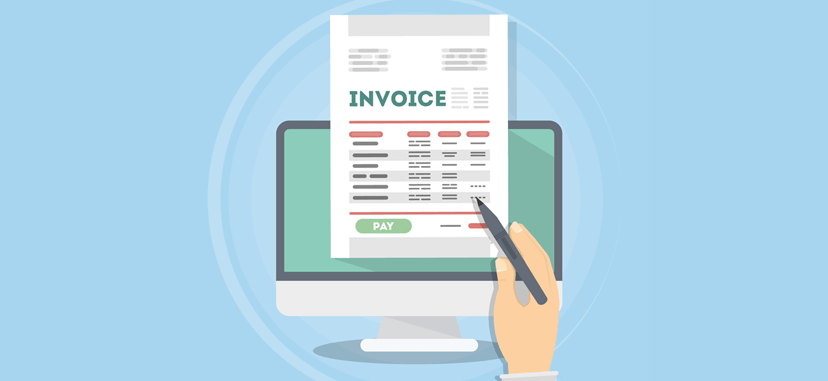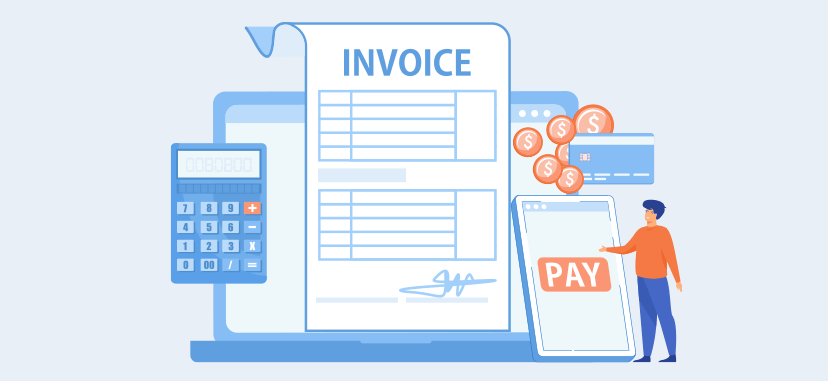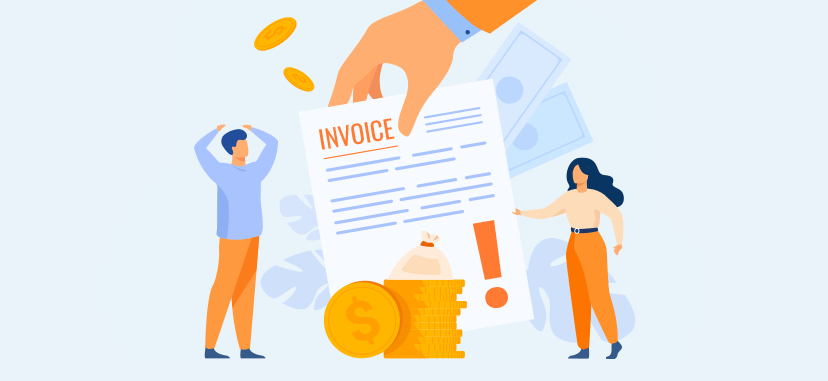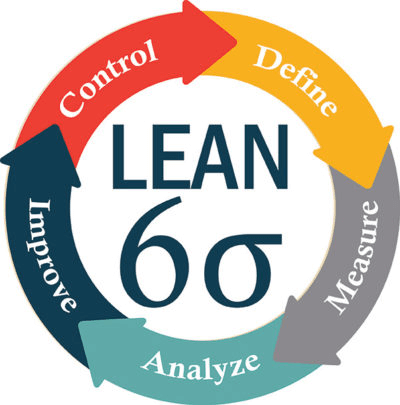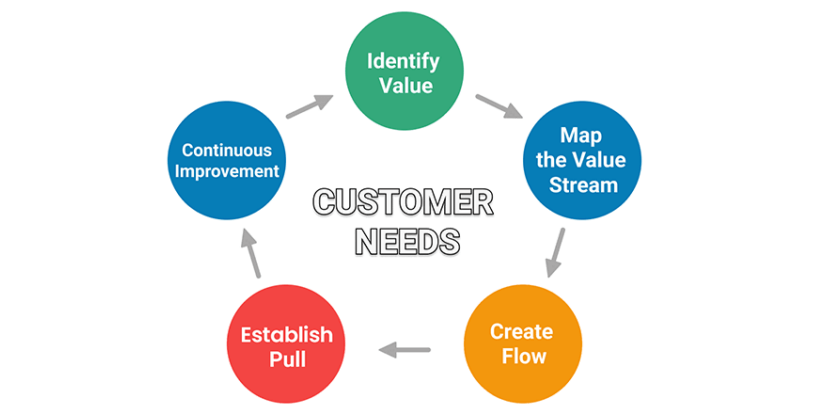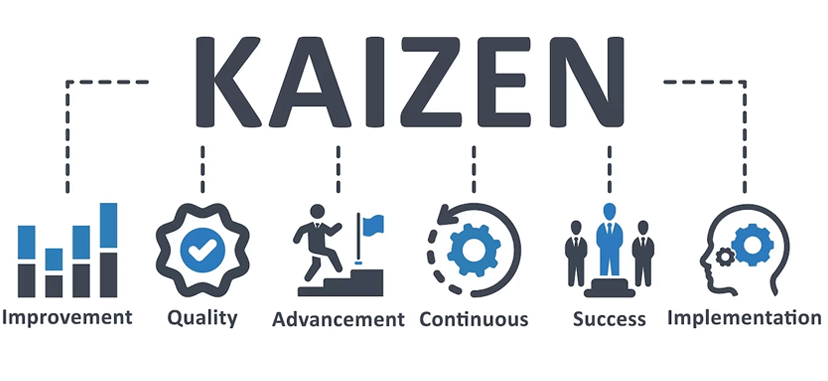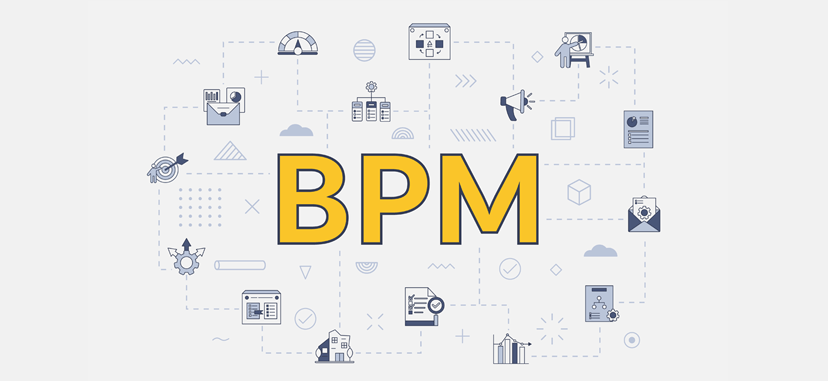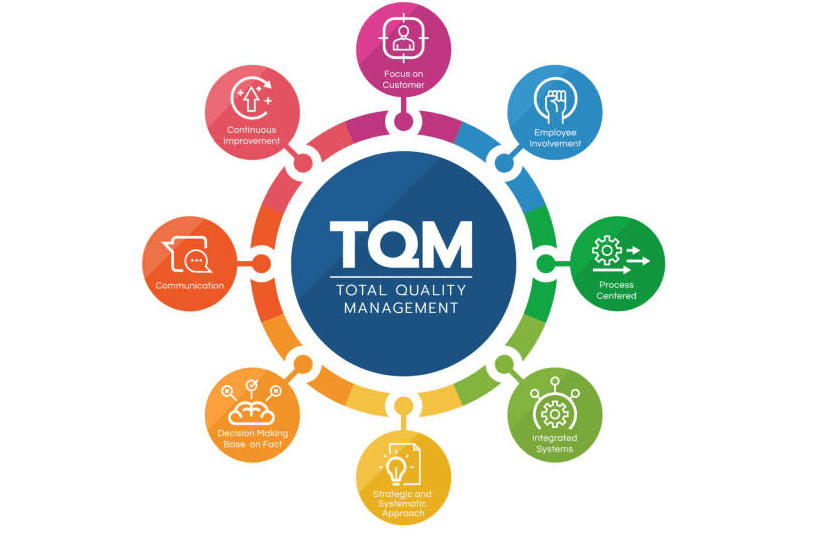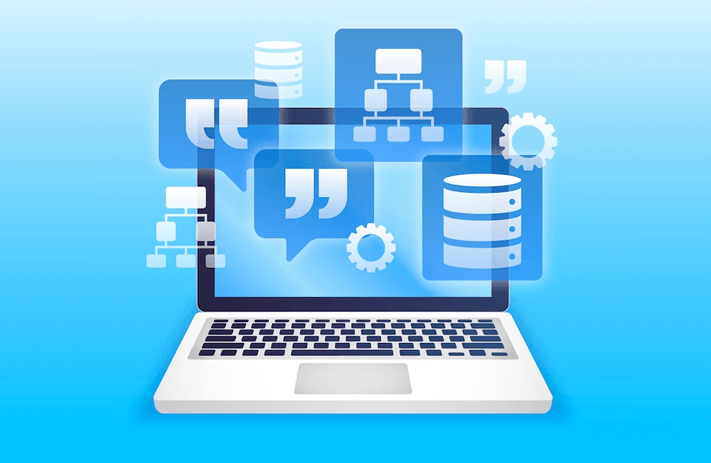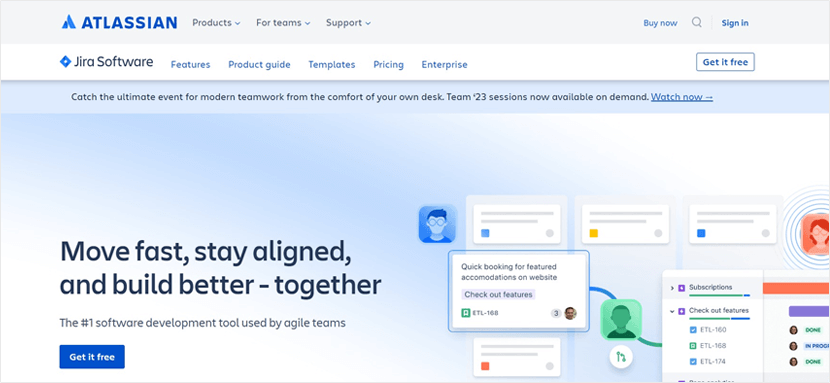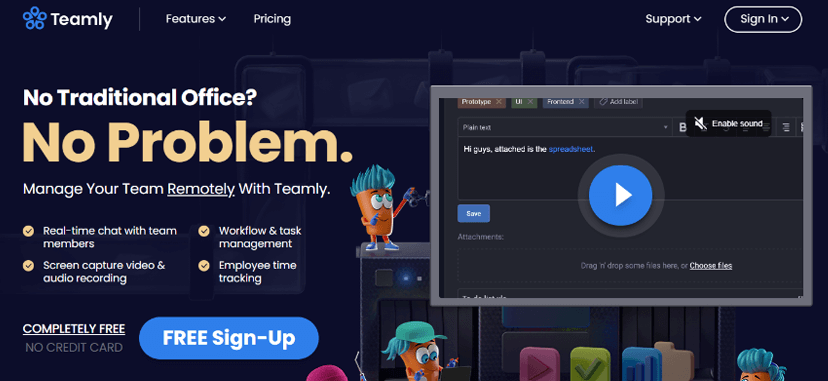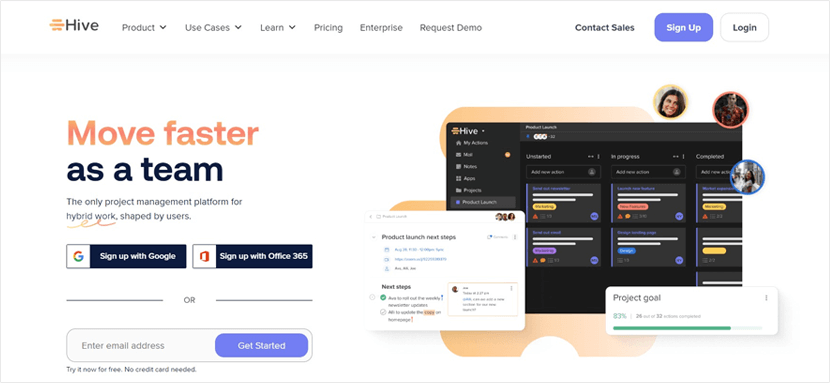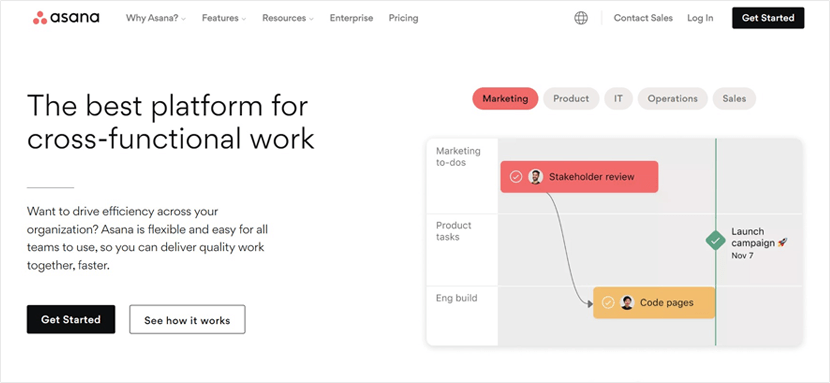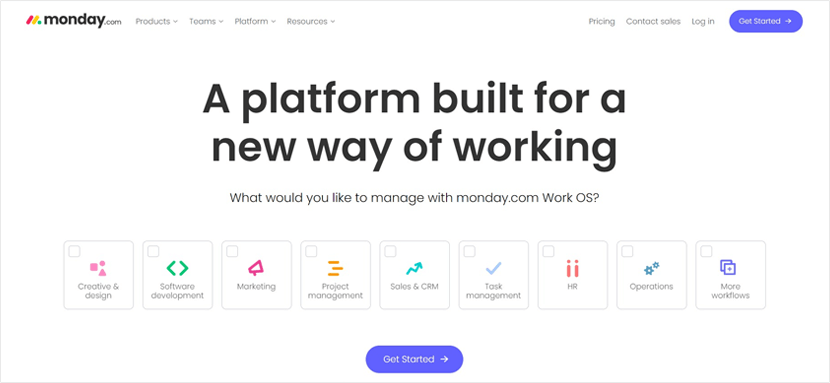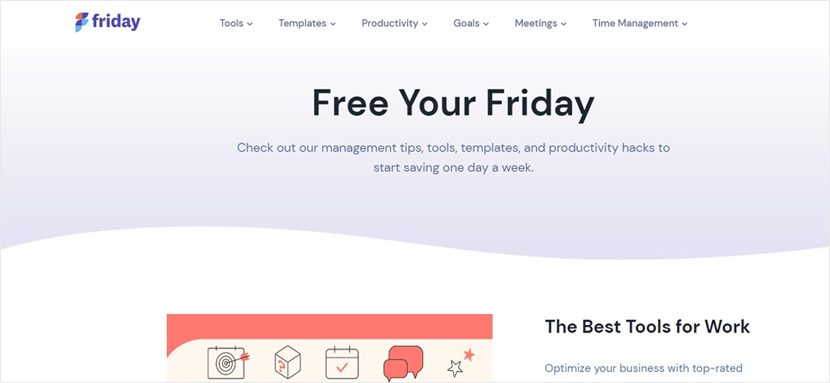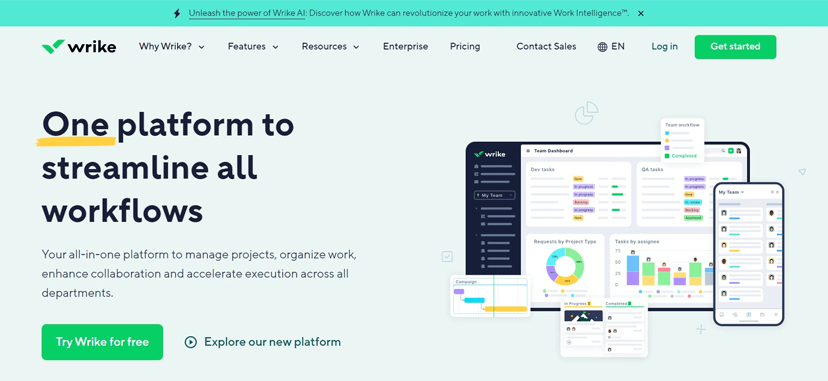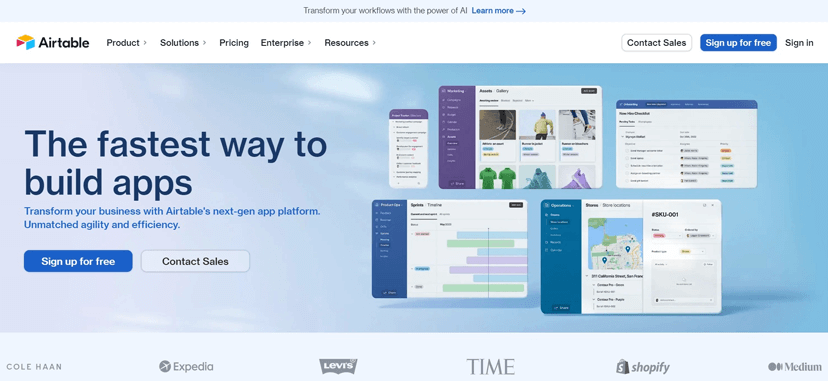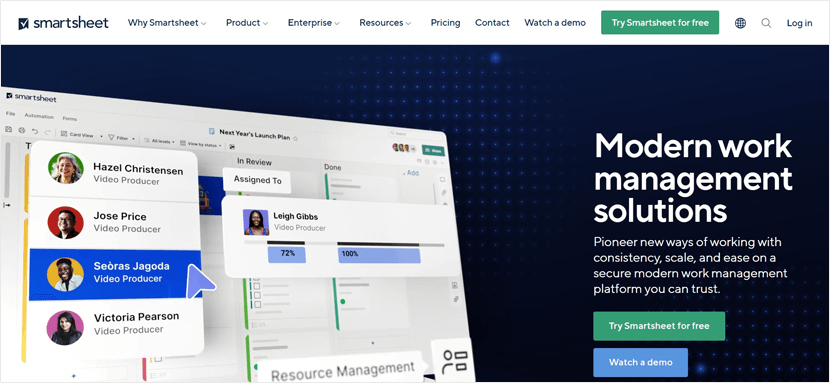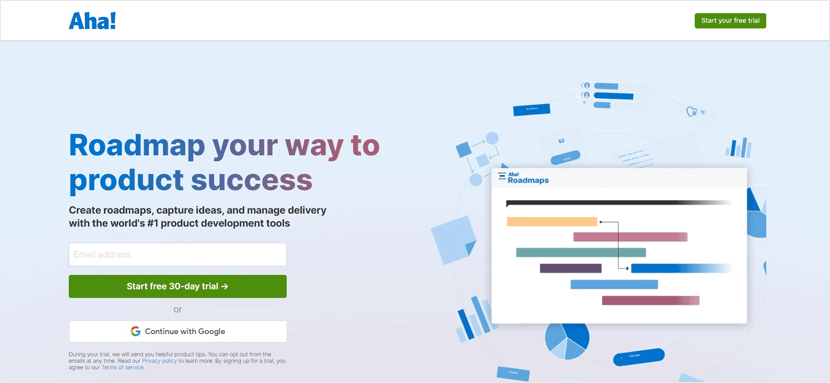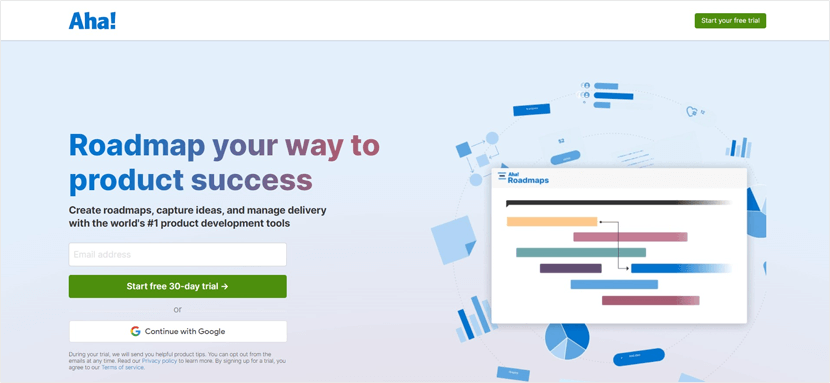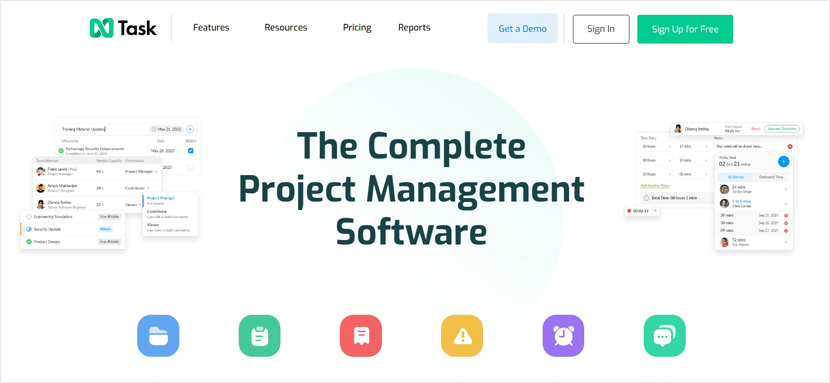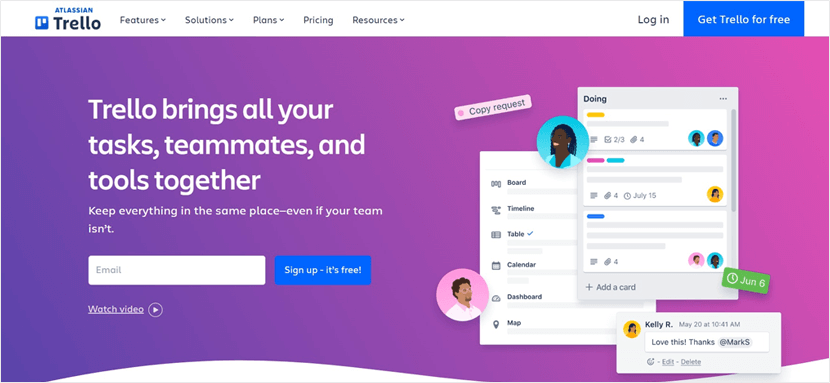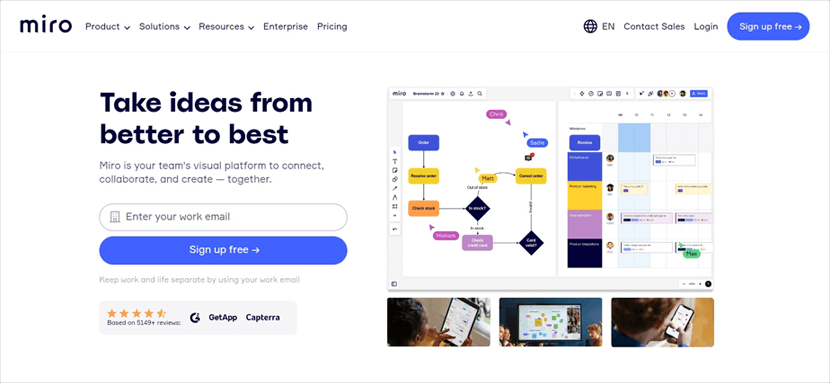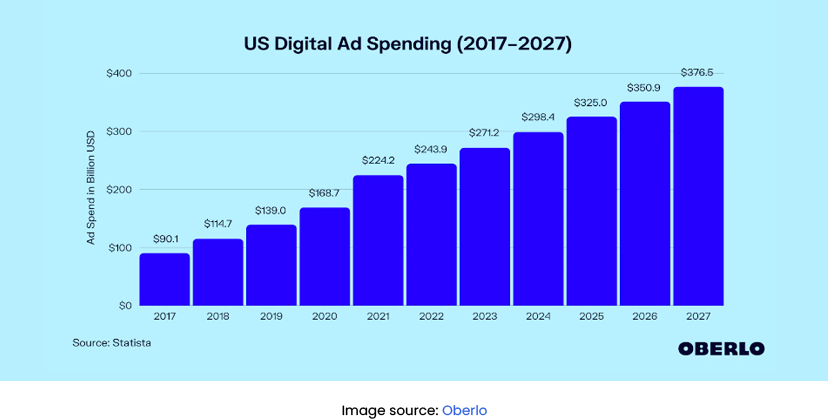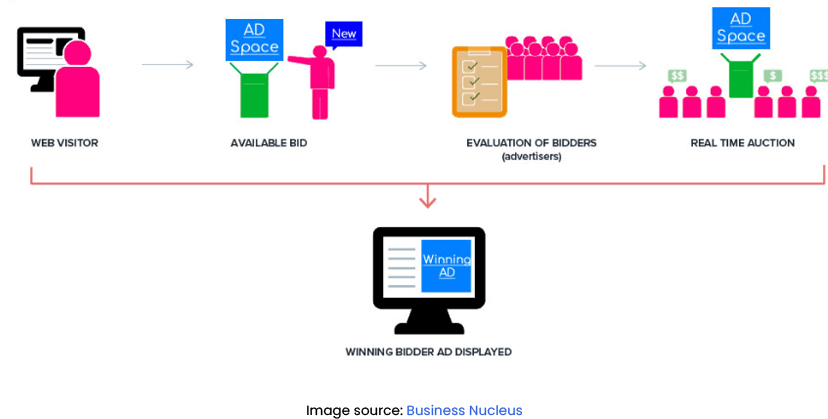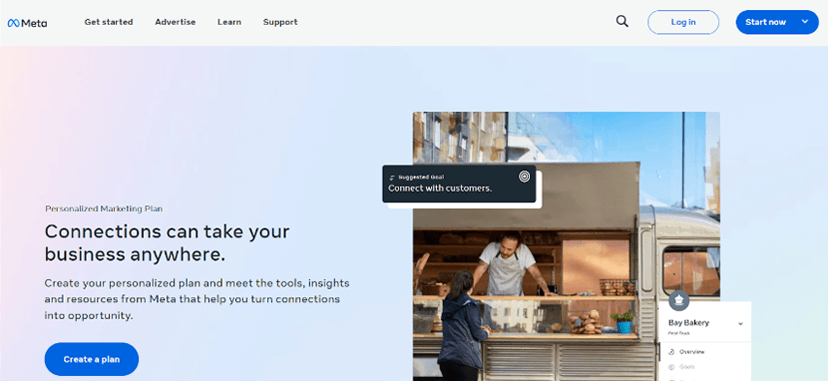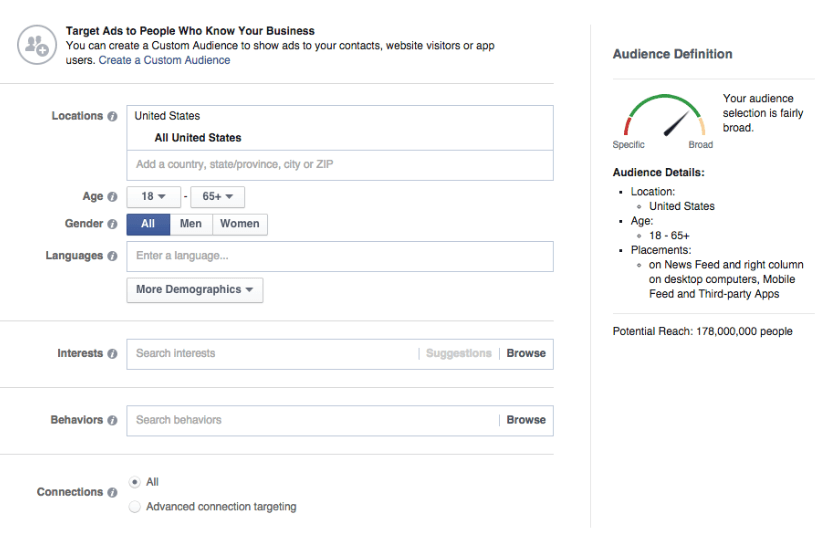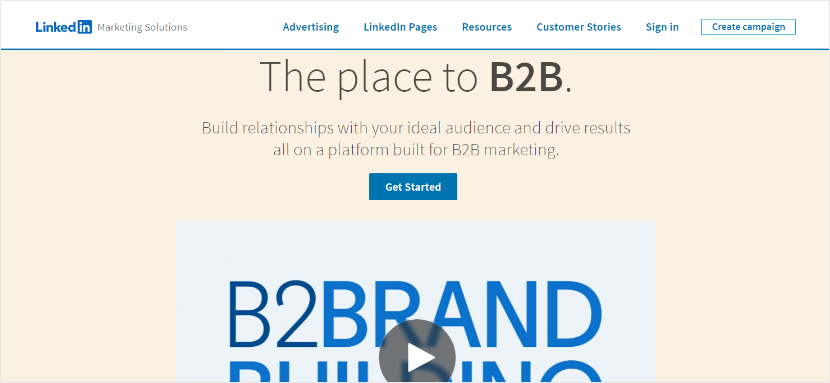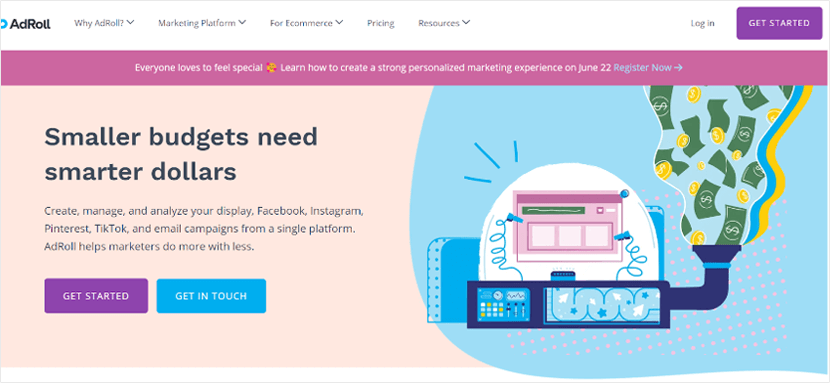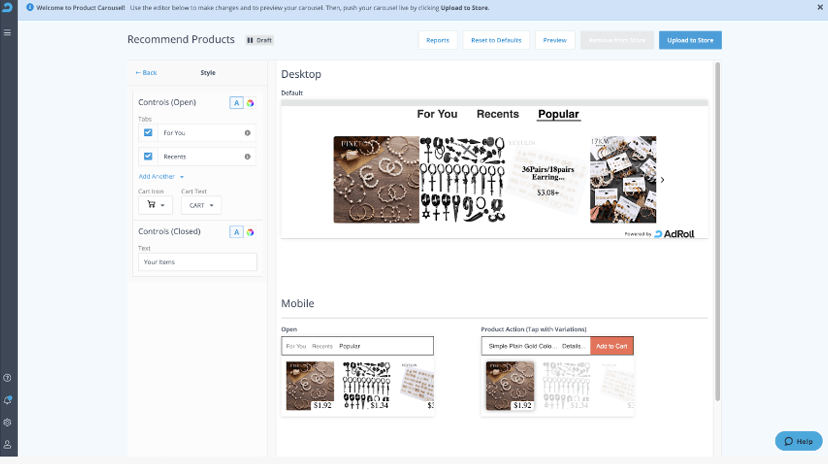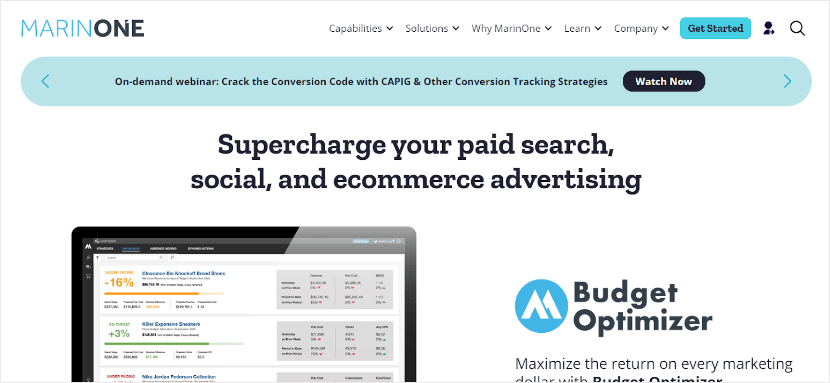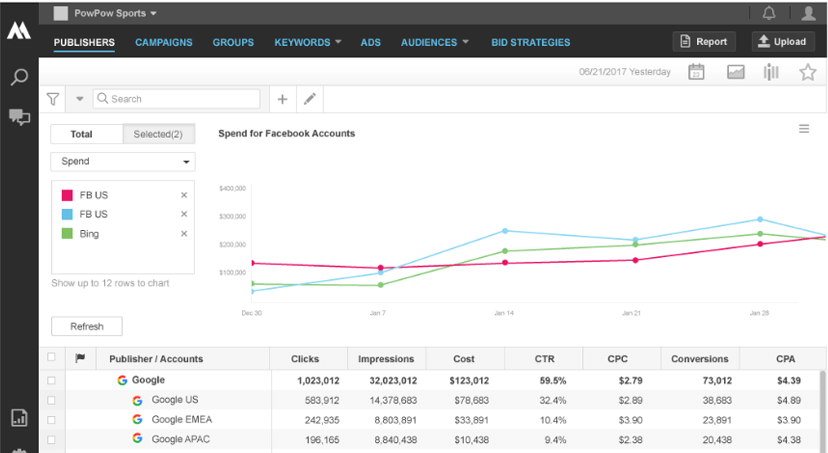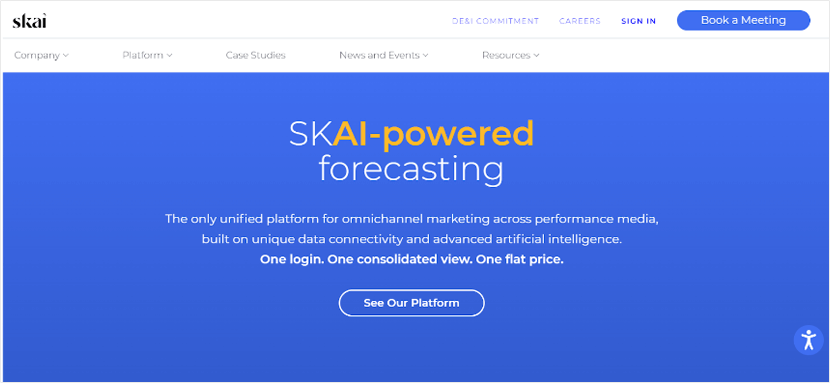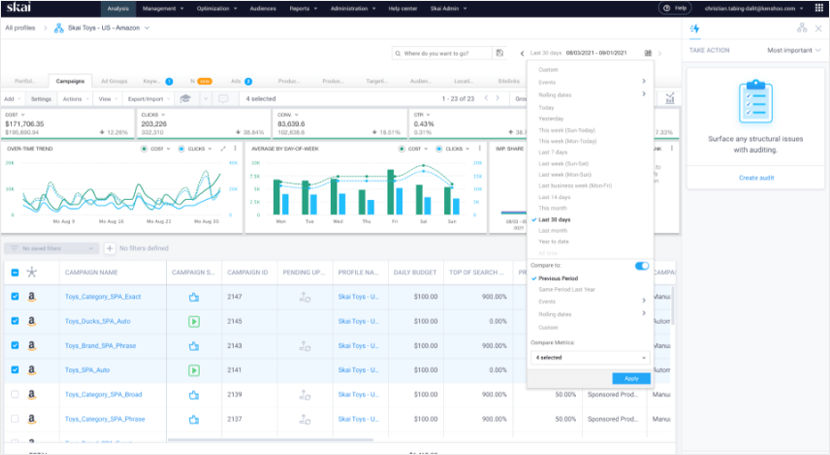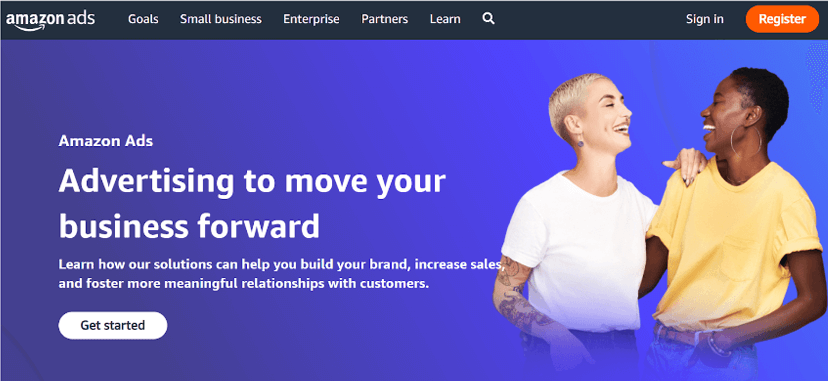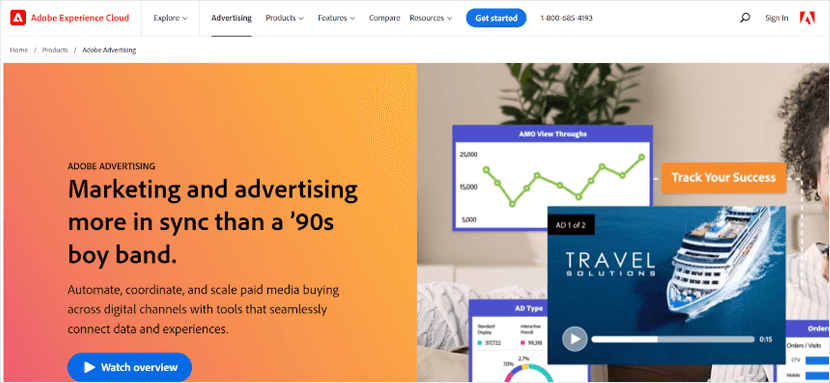Think about the last time you bought something.
Maybe it was a pair of sneakers that made you feel like you could conquer the world. Or a chocolate bar that took you back to your childhood.
Your buying decision, whether you admit it or not, wasn’t solely based on logic. Almost surely, these brands used emotional marketing to create an inner bond with you.
But how to learn effective strategies and apply them in your own business? One way is to study emotional marketing examples from successful brands. Examples that have made people smile, cry, and… buy.
Want a sip of inspiration? Get familiar with the best emotional marketing campaigns to create powerful commercials. Soon, you’ll be able to drive more sales.

What Is Emotional Marketing?
Emotional marketing is a way of connecting with people on a deep level by tapping into their feelings. Instead of just selling a product or service, emotional marketing aims to stir up emotions in customers. This, in the long run, creates memorable experiences and a stronger connection with the brand.
Remember those heartwarming commercials that make you reach for the tissue box? Or the ones that bring a big smile to your face? That’s emotional marketing at work! It’s all about evoking joy, excitement, nostalgia, or even empathy in your audience.
The Value of Emotional Marketing
Are you selling a luxury car, a cozy sweater, or a delicious cup of coffee? Emotional marketing can help you stand out from the crowd, no matter the niche. It’s about crafting a message that resonates with people, making them feel understood and appreciated.
To attract more customers, it’s important to understand what they hope for, dream about, and fear. This helps you create effective strategies that resonate with them. Also, it’s essential to explore the mindset of different groups. For example, you’d need to know the differences between millennials and Zoomers and use tailored techniques for each.
Here are some interesting statistics to highlight the importance of emotional marketing. Research reveals that customers who have an emotional bond with a brand are 52% more valuable compared to those who are simply satisfied. Yes, all customers matter. But the ones who feel connected to the business become even more valuable.
The key takeaway? Emotions are powerful. They help you create a lasting connection with your customers that goes beyond a single sale.
Before we learn real-world examples of emotional marketing, let’s find out how to use emotions to find compelling messages.
The Spectrum of Human Emotions
Robert Plutchik’s “Wheel of Emotions” is a colorful wheel that depicts the complexity of our feelings. You’ll find eight primary emotions here: joy, trust, fear, surprise, sadness, disgust, anger, and anticipation.
By the way, each primary emotion is connected to a range of secondary emotions, creating a map of human emotions.
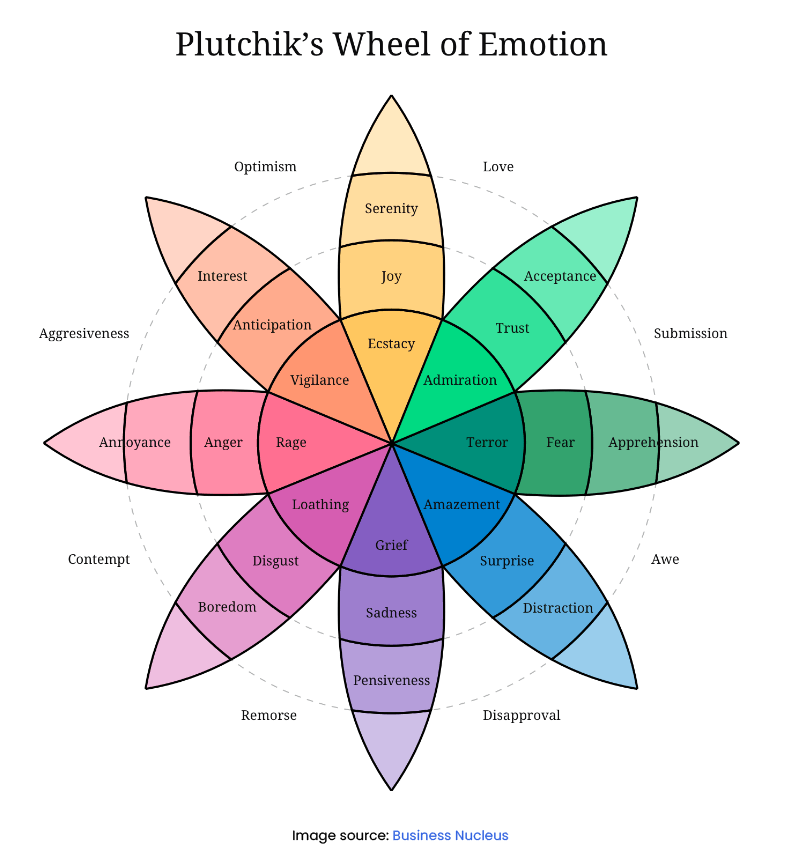
Once marketers know the different emotions on the wheel, they can understand their target audience on a deeper level. This knowledge helps in crafting highly targeted emotional marketing campaigns. For example, suppose your target audience values trust and authenticity. Your marketing strategy, then, should focus on building trust and credibility.
What’s more, Plutchik’s wheel can help marketers identify emotional triggers. For example, if you want to create a sense of anticipation, you might use storytelling or cliffhangers to keep viewers engaged.
Plus, Plutchik’s wheel can assist marketers in shaping their brand persona and voice. Different emotions evoke distinct tones and messaging styles. For instance, a brand aiming to convey excitement and surprise may adopt a lively and enthusiastic tone. But a brand focused on reliability may choose a more reassuring tone.
The Best Emotional Marketing Examples to Inspire Your Next Campaign
Now, we’ll look into seven of the strongest emotions. We’ll learn how brands used those emotions successfully in their commercials and marketing campaigns.
Anticipation: Sparking curiosity for what’s next.
Want to keep your audience engaged, eager, and waiting for your next move?
In each of these emotional marketing examples, anticipation plays a key role in driving attention and suspense.
1. Apple: Product Launch Events

Image source: CRN Australia
Apple knows how to build up excitement like no one else. They get their fans super excited before launching new iPhones, iPads, or MacBooks.
One of the ways they do this is by teasing event announcements. They don’t reveal all the details right away. Instead, they drop hints and clues to get people talking and speculating. This creates a buzz and leaves fans eagerly waiting for the big day.
Another thing that adds to the excitement is Apple’s secrecy. They keep their upcoming products under tight wraps, so no one knows exactly what they’re going to unveil.
When the day of the event finally arrives, tech enthusiasts from around the world tune in to watch the live stream or follow the updates online. There’s a lot of excitement in the air as Apple executives take the stage and reveal the new products.
These product launch events have become iconic moments in the tech industry. But it’s not just about the products themselves. It’s also about the experience and the feeling of being part of something exciting. And this creates excellent emotional marketing examples that everyone wants to imitate.
Joy: Spreading happiness and delight.
What happens when companies successfully infuse joy into their marketing campaigns? They evoke positive emotions and create unforgettable moments. As a result, they connect with their viewers, leaving a lasting impact on them.
2. Coca-Cola: The “Holidays Are Coming” Ad

Image source: Coca-Cola Great Britain
Coca-Cola’s holiday campaign is something many people look forward to every year. These ads create a warm and fuzzy feeling, reminding us of the importance of spending time with loved ones during the holidays.
The campaign features a cheerful and festive theme. The Coca-Cola truck, decked out in twinkling lights, travels through snowy landscapes. Meanwhile, the catchy jingle “Holidays are coming” plays in the background.
This heartwarming ad has become synonymous with the holiday season. And it brings a sense of joy, nostalgia, and anticipation to many people.
3. Volkswagen: “The Force” Commercial

Image source: ADWEEK
Next, here’s a commercial with a clever mix of delight and humor.
Volkswagen’s “The Force” ad is a real gem that made people smile all around the world.
In the ad, you see a young boy dressed up as Darth Vader from Star Wars. He’s trying to use the Force to move things around him. It’s adorable to watch him making grand gestures and attempting to control objects with his mind.
But the real magic happens when he stands in front of his dad’s Volkswagen. With all his might, he raises his hand and focuses his energy on starting the car. And guess what? The car actually starts! The boy is surprised and overjoyed by this unexpected outcome.
What makes this ad really charming is how it combines the boy’s innocence, the famous Star Wars music, and the surprising twist. It’s a heartwarming moment that captures the imagination and brings a smile to your face.
Trust: Building reliable and trustworthy connections.
Anticipation and joy are powerful emotions to use. But there are cases when brands need something more. Let’s find out the power of using trust.
4. Allstate: The “Mayhem” Campaign

Image source: Automotive Assurance Group
Looking for more emotional marketing examples? You can find them in every industry.
Take Allstate – an American Insurance company. Its entertaining campaign features a mischievous character named Mayhem. In the commercials, Mayhem takes on different roles. He is a reckless driver, a misbehaving teenager, or even a destructive hailstorm. In other words, Mayhem represents unpredictable and chaotic situations.
These portrayals show us how important it is to be prepared and protected against unexpected events. (Particularly, the events that can create a lot of trouble in our lives!).
We’ve all experienced moments when things go wrong. So with this campaign, Allstate wants to let us know that accidents and mishaps can happen to anyone. And it’s crucial to have a trusted partner and the right insurance coverage to protect ourselves from potential losses.
Surprise: Captivating with unexpected moments.
When brands do something unexpected, funny, or totally different, it surprises and excites the audience. These surprises make people remember the brand and feel good about it. It’s like a delightful surprise party that leaves everyone with a smile and a positive impression.
Read on to learn about one of the most effective emotional marketing examples that used the emotion of surprise.
5. Carlsberg: The “Bikers in a Cinema” Prank

Image source: Campaign Alive
Carlsberg, a beer brand from Denmark, once pulled off an awesome surprise prank in a cinema that left the moviegoers amazed. They filled the theater with tough-looking bikers, creating a frightening atmosphere.
But here’s the twist: there was only one empty seat left right in the middle. The unsuspecting moviegoers would enter the theater and hesitate to take that last seat. Clearly, they feel a bit nervous.
But then, something incredible happened. The bikers started showing unexpected acts of kindness and camaraderie. They displayed their friendly side, challenging the stereotypes that often surround them.
The entire prank aimed to break down barriers and remind people that appearances can be deceiving. The surprise and heartwarming acts of the bikers left a lasting impression on the moviegoers. Plus, it showcased the brand’s values of inclusivity.
By now, we’ve learnt about some of the best emotional marketing campaigns that focus on evoking positivity. But negative emotions can also be powerful. Sometimes, they’re even more powerful than the positive ones.
Fear: Urging action by addressing worries.
Fear is one of the strongest emotions we experience. And it can be used in marketing campaigns to raise awareness, change behavior, and promote social causes.
But how do marketers use fear to get their message through? Here’s how. They tap into people’s fear of negative outcomes and present them as real and imminent possibilities. As a result, viewers are motivated to take action.
6. The American Heart Association: The “F.A.S.T.” Campaign
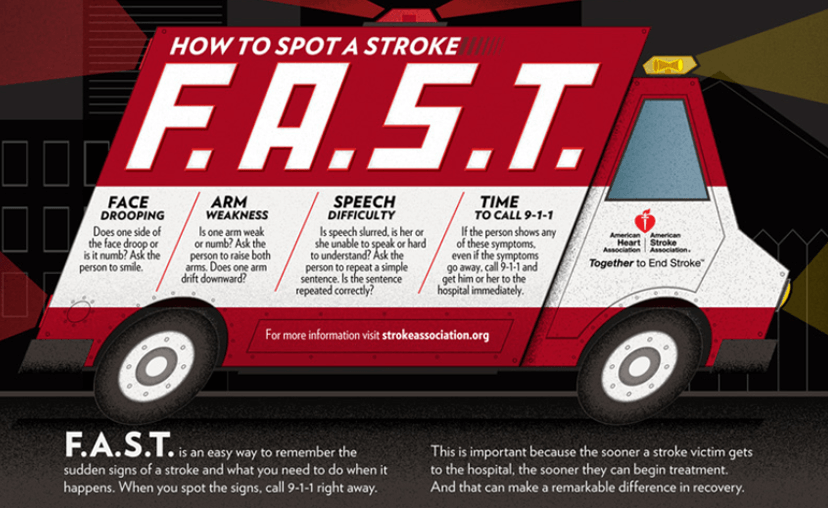
Image source: Clarksville
How to “talk” to people when the topic for discussion is complex but hugely important? The American Heart Association has the answer. And they add an excellent campaign to our list of emotional marketing examples.
The goal of the campaign was to help people understand the signs of stroke and provide immediate help.
In the ad, you see the potential consequences of not knowing what to do or delaying action. Here, the emotional aspect of fear is used strategically to encourage proactive behavior.
The FAST campaign uses simple and friendly language. The acronym F.A.S.T. stands for “Face drooping”, “Arm weakness”, “Speech difficulty”, and “Time to call emergency services”. You just need to remember the acronym and be aware of the symptoms. With this, you can help save lives and reduce the potential long-term effects of a stroke.
Thus, the FAST campaign uses fear as a tool to inform, empower, and motivate individuals to act swiftly in the face of a potential stroke.
Sadness: Inspiring empathy and action.
When used thoughtfully, sadness in marketing can grab people’s attention and warm their hearts. It can make them feel understood and empathized with, which can be very powerful.
7. Thai Life Insurance: The “Unsung Hero” Commercial

Image source: Shots
Ready for a few moments of sadness, empathy, and kindness? Here’s another example of emotional marketing: the “Unsung Hero” commercial from Thai Life Insurance.
The commercial tells the story of an ordinary man who selflessly helps others without expecting anything in return.
Throughout the commercial, he helps a stray dog, gives food to a homeless person, and assists an elderly neighbor. Despite facing his own challenges, he always finds a way to make a positive impact on the lives of those around him.
Thai Life Insurance effectively conveys the message that life is precious, and our actions can shape the world around us. Quite delicately, it emphasizes the idea that protecting our loved ones and securing their future is a profound act of love and care.
Anger: Fueling the desire for change.
Can anger be used successfully in marketing? It turns out it can! Let’s look into one of the best emotional marketing campaigns that managed to challenge the status quo.
8. Burger King: The “Moldy Whopper” campaign

Image source: e4m
Unlike traditional marketing that focuses on positive emotions, Burger King went a different way. It used the emotion of anger to make a point.
In the “Moldy Whopper” campaign, Burger King highlighted the natural decay of its famous Whopper burger. The commercial showed a time-lapse of a Whopper burger over the course of several weeks. A burger that was slowly developing mold…
And yuck! The sight of a moldy burger is quite unsettling. It stirred up feelings of disgust and anger towards fast food chains that rely on artificial preservatives.
The campaign aimed to emphasize Burger King’s dedication to using real and fresh ingredients. Thus, the campaign showed the brand as a more transparent and natural option, appealing to those who value healthy eating.
The key takeaway from the best emotional marketing examples
Most people think they make buying decisions based on logic. But guess what? Marketers know that our emotions have a big say in our choices. They’ve used emotions cleverly to make us smile, cry, and spend our hard-earned cash.
If you want to step up your marketing game, take a look at successful emotional marketing examples. They’re like inspiration bombs that can spark new ideas and show you how to really connect with your customers.
So, figure out what makes your audience tick and create strong connections that keep them coming back for more. Get ready to build a brand that people love and can’t resist!


















